Since the time when man lived in caves, art has been used art as a way to express his thoughts and emotions. Ancient civilisations such as Aztecs, Egyptians, Mayans, and the Indus Valley civilisation used art to create drawings and sculptures to depict their culture. The essence of aesthetics and creativity in a society can be seen through its art, craft, design and motifs.
While Balochistan boasts of several artists, poets, actors and singers, recently, a new and distinguished dynamic has emerged that exhibits the extraordinary spirit of the people of Balochistan. Some distinctive portraits by Baloch photographers, have grabbed the attention of the entire province, giving a new dimension to the art of photography.

Kamanchar Baloch, who hails from Mand has done some inspirational and extraordinary portrait work.
"I believe that it is God’s gift to me that I’m able to illuminate all of Balochistan inside my camera,” says Baloch. “I feel a deep happiness when I capture the beautiful and majestic panorama of this land."
From Makran to Koh-e-Sulaiman, he has photographed many historical places and ruins. Baloch believes that some of the diverse images that he has captured have never seen or imagined by the people in his province.
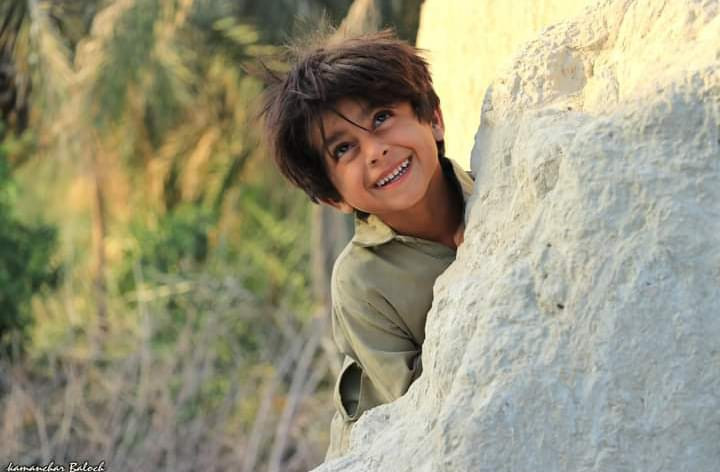
Weaving together images and words that reflect the conflicts and contradictions shaping the Baloch narrative, Baloch's photography is an embodiment of the past and present experiences of the people of Balochistan.
His photography has been showcased in exhibitions across different parts of Balochistan and other cities across the country, including Karachi. Due to the uniqueness of his art, his fans in Balochistan have titled his exhibitions “Balochistan in Frames.”
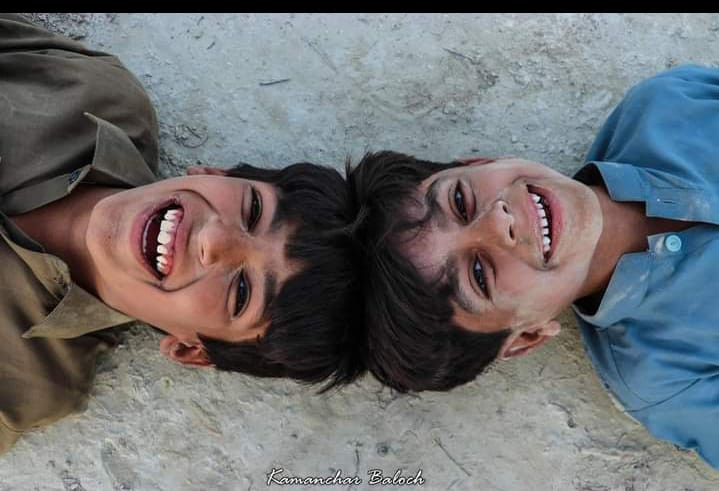
Every image tells a unique story — of poverty, culture, and resistance. Through his lens, Baloch explore different perspectives, emotions, and ideas captured in a single frame. “I feel that every historical place in Balochistan is worthy of being captured through my lens," he says.
Through the last fifteen years of his photography career, Baloch has never felt inclined to sell his work, except when he needed money for medical expenses. “Unfortunately, my diabetic issues became exacerbated, and I had no option but to sell some of my photographs to be able to afford a good doctor and the hospitalisation that followed.”
Previously, he did not think about exhibition or sale of his portraits. He would upload his work on social media, and people from different walks of life, including students and professionals, would use his photographs for which he readily gave permission. “I still do the same,” he says. “But now I want to be able to take care of my medical treatment through my work.”
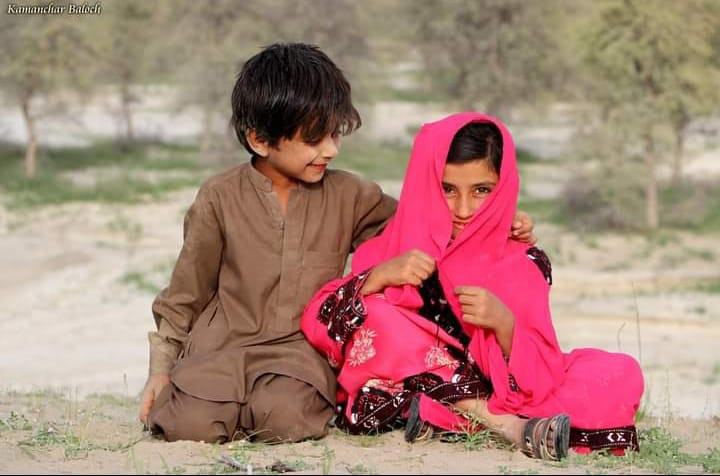
The reality of Balochistan is bleak. Countless families live on the poverty line and do not even have access to everyday necessities. Baloch also belongs to an underprivileged family, and his financial hardships are just one example of the deteriorating economic situation of the province.
Amidst an ongoing financial crisis in an unsupportive environment, Baloch continues to enhance his talent in photography. “I have never received any support from government or society," he laments.
Mehrab Khalid, is another emerging photographer and film editor from Turbat who began his journey in 2021. “Initially, I used my mobile phone to take pictures as I did not have a camera,” says Khalid, who has been passionate about photography since he was in high school. “I still don’t own a camera but borrow one from my friends when I want to work.”

Steadfast in his optimism, Khalid continues to capture images of Balochistan, that he uploads on social media.
"People find my work inspirational but they keep reminding me that I don’t have a future in it as it does not generate a significant or steady income,” says Khalid. “But I believe that true passion always finds a way to succeed.”
Khalid has not only worked as a cameraman for song videos and films, he also edits, and assists in film direction, such as the recently released Lolan by Zahoor Fazal and another upcoming short film Darwazag by Azum Saleh.
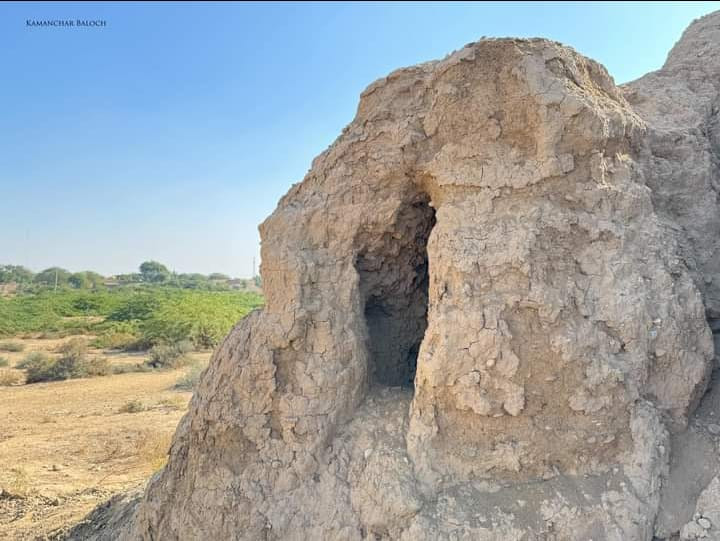
Currently, he is working as a director for Thaheer Production, a social media platform that produces short films for songs.
Khalid’s family supports his passion for photography. “I want to formally study photography, but there are no photography institutes or art clubs in Turbat. Ideally, I would like to be able to study at the National College of Art in Lahore but I cannot afford it.”
Khalid is inspired by several photographers including Kamalan Bebagr, a senior and renowned cinematographer. Born in Alandoor, Balochistan, Bebagr got his primary education in Turbat, where he also graduated from. He started his film career in 2014 with a short film May Jawaan [Our Youth], after the success of which, he continued his journey and gave several hit short movies.
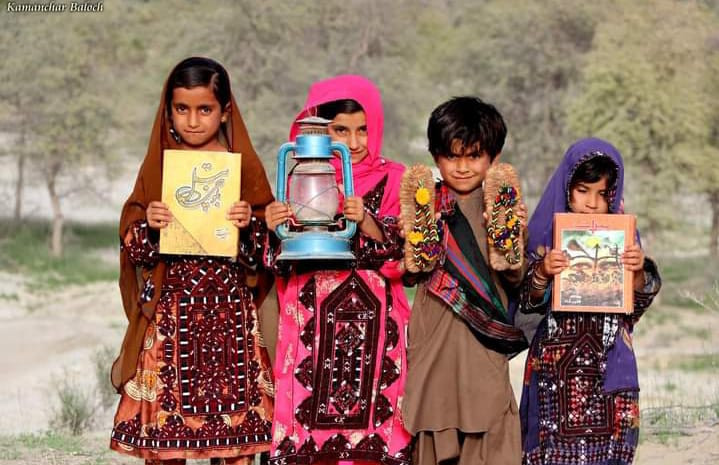
Turbat, with its 200,000-plus population, has only one insufficiently equipped art centre. It is not possible nor practical for aspiring artists with meagre finances to be able to travel to the bigger cities in the country to learn art and photography.
Despite the presence of numerous universities in Balochistan, none seem to offer opportunities for art education and exploration. Currently, art is not included in their curriculum, and they lack dedicated art departments. This is noteworthy considering the significant interest among young individuals in the region who aspire to pursue and delve into the field of art.
Consequently, young people who want to pursue art or photography have to compete on a national level for a small quota of seats in institutions across the country. This also means that if they find admission in these institutions to study art, they have to be able to financially bear the move to another province.
Even though, Shakeela Naveed, a politician from Balochistan who has been a member of the provincial assembly, promised to present a bill in the assembly for introduction of Fine arts as an intermediate level subject in Balochistan, it has still not materialised.

"The boys and girls of our province do not lack skills,” says Bebagr. “It is the absence of fine art education in our educational institutions and the unsupportive environment in Balochistan that is wrecking their talent."
Perhaps the Higher Education Commission has a solution for students in Balochistan who wish to pursue fine arts. Since the relevant authorities have never paid heed to this issue, many young artists and photographers had no choice but to abandon their hopes and passion and move on to pursue other occupations to earn a livelihood.
"Since 2012, when I began photography, I have been supported by my family,” shares Israr Shoukat, a senior photographer from Sharak. “Unless the Baloch society sees it as something worthy of being promoted, photography will continue to decline in Balochistan,” he says.
Khalid concludes the discussion on an optimistic note. "Initially, the society might discourage you, but seeing you work with diligence, people begin to motivate you.”
Tabish Feroz is a freelance journalist based in Turbat
All facts and information are the sole responsibility of the writer
